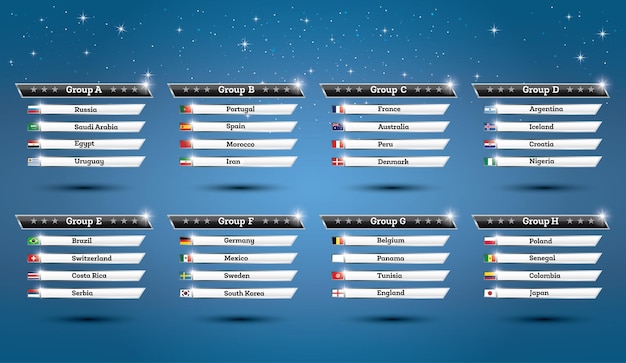Understanding Fantasy Football Trade Value Charts
Key Players to Target for Week 14 Trades
Anúncios
As we dive into Week 14 of the fantasy football season, it’s imperative to assess the landscape of marketable players. The trade value chart reveals key individuals whose performance has surged, making them valuable assets for fantasy managers looking to bolster their rosters. Notable names emerging this week include players who have recently showcased significant upside through improved stats and consistent gameplay.
One standout is the running back poised to take advantage of a favorable schedule, averaging 120 yards and a touchdown per game over the past three weeks. His increasing involvement in the passing game adds to his value, solidifying his appeal in trade negotiations.
Anúncios
Additionally, a wide receiver with a spike in targets and receptions has captured attention, boasting over 80 receiving yards in each of his last four outings. As defenses adjust, this player could offer league-winning potential as a flex or WR2 option. His current trade value is reflective of the substantial risk-reward ratio.
A tight end has also caught the spotlight, experiencing a resurgence in production. With an uptick in red zone targets and a recent game where he excelled with two touchdowns, his stock is on the rise, making him a solid trade target for teams in need of tight end assistance.
As Week 14 approaches, keeping an eye on these players and their statistics will provide managers with the insights needed to make strategic trades, capitalizing on the fluctuating values around the league.
Anúncios
How to Use the Week 14 Trade Value Chart Effectively

FAQ: Questions About the Week 14 Trade Value Chart
Here are some frequently asked questions that can help you better understand how to maximize your strategy using the Trade Value Chart.
- What should I do if a player’s value is fluctuating rapidly? It’s essential to assess both recent performances and overall consistency. Look for patterns in their play and consider external factors, such as injuries or matchups, before making a trade.
- How can I identify which players are undervalued or overvalued? Review historical performances, player tier levels, and pay attention to trending indicators to spot bargains or potential pitfalls in trades.
- Should I prioritize high-tier players over potential breakout players? It depends on your team’s needs. High-tier players offer immediate impact, while breakout players can provide long-term value if they’re poised for improvement.
- How often should I check the Trade Value Chart? It’s beneficial to check the chart weekly, especially as the fantasy playoffs approach and player values may change rapidly based on performance.
- What role does injury management play in trading decisions? Injury updates can drastically affect a player’s value. It’s wise to keep a close watch on injury reports to make informed trading decisions.
Common Trade Mistakes to Avoid in Week 14
Another frequent error is not leveraging the full potential of the week 14 trade value chart. Fantasy managers might overlook under-the-radar trades that could bolster their rosters without losing key stars. It’s critical to analyze not only the immediate benefits of a trade but also the long-term implications. Lastly, emotions can cloud judgment, causing managers to trade away players they’ve invested in personally rather than making objective decisions based on data and performance metrics. By avoiding these pitfalls, managers can optimize their rosters as the playoffs approach.
Inspirational Insight
“The greatest victories are often won in the mind.” – Sun Tzu
This quote by Sun Tzu serves as a poignant reminder in the context of fantasy football management. In a game where data and emotions can easily clash, mental clarity and strategic foresight are your most powerful tools. Just as a general must assess his battlefield with a calm mind and a clear strategy, fantasy managers, too, must rise above impulsive decisions and focus on the larger picture to achieve success. This mindset not only enhances your chances in the league but also cultivates resilience and wisdom in decision-making.
Your Ultimate Guide to Fantasy Trade Success
In conclusion, leveraging the Week 14 Trade Value Chart is essential for making informed decisions in fantasy football. This chart not only highlights key players to target but also serves as a strategic tool in navigating trade dynamics as the season evolves. By understanding the significance of trade values, managers can avoid common pitfalls that often arise in the heat of competition. Staying engaged with player performance and trends is crucial, as every move counts in these final weeks. Embrace the evolving nature of your fantasy roster and adapt your strategies accordingly to maximize your chances for success as the season reaches its climax.